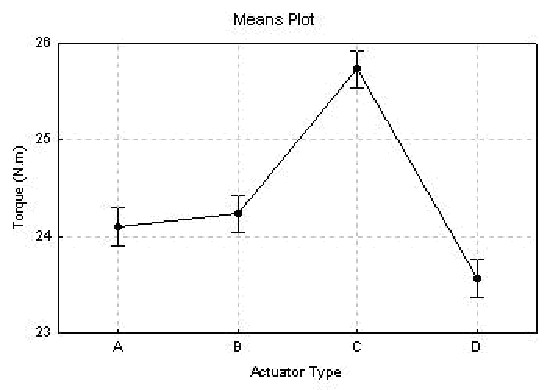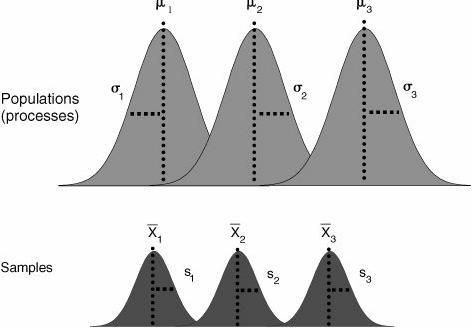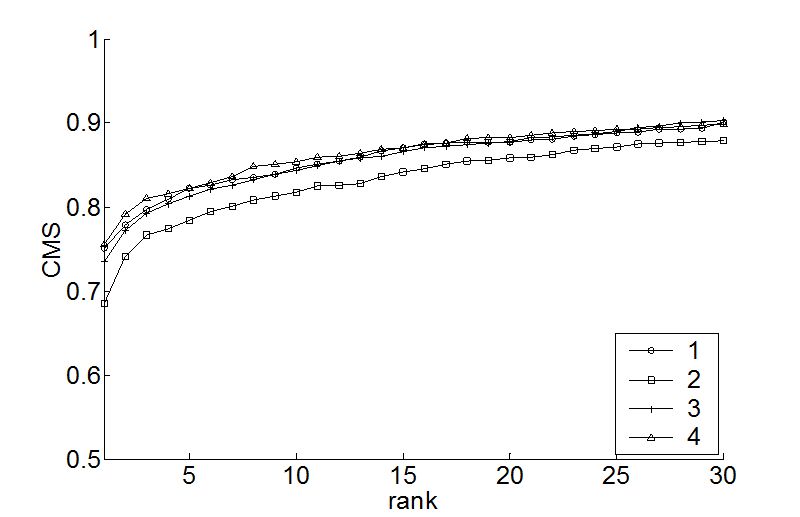Difference between Anova and Manova

Anova and Manova are two of the most extensively used statistical measures which help to determine the relationship between variables. However, there are considerable differences between the two techniques.
Anova helps to compare two means at the same time, but can only include one dependent variable in the analysis. On the other hand, Manova can determine the relationship between multiple variables concurrently.
Moreover, Anova has several methods of testing the relationship between the dependent and independent variables. However, Manova just tests whether the variables are affected by any variation in the independent variables.
Instructions
-
1
Anova
It is a statistical measure which is used for the analysis of variance. It is one of the most widely used methods to compare two means at the same time. The researchers use it to test the authenticity of relationships between the variables. It helps to assess whether the means of two or more sets are equal or not through t-test. It is called as Anova (Analysis of Variance) because in order to assess the relationship between two or more means, you have to compare the variance. It increases the type 1 error while comparing multiple results by conducting two-sample tests. In addition, it can compare scale or interval variables (continuous variables) to determine the relationship between the means. Furthermore, Anova has three different models which include fixed-effect model, random-effect model and mixed-effect model.
Image courtesy: bexcellence.org

-
2
Manova
Manova (Multivariate Analysis of Variance) is a statistical method which is used to determine the difference between two or more dependent variables. Besides, it helps in the determination of multiple dependent variables simultaneously. It assesses that whether a dependent variable is affected by the changes in the independent variable or not. In addition, it helps in judging the direction of the relationship between the dependent and the independent variables.
Image courtesy: intechopen.com








